

Bugle screws are self-tapping fasteners designed for drywall and other construction applications. Their unique bugle-shaped head prevents tearing of the surface material, ensuring a flush and secure finish. This guide explores the different types, sizes, and applications of bugle screws, helping you choose the right one for your project.Understanding Bugle Screw BasicsBugle screws are a specialized type of screw primarily used in drywall installation, but their versatility extends to other materials as well. The defining feature is their bugle-shaped head, which provides a smooth, countersunk finish without tearing the surface of the material being fastened. This design makes them ideal for applications where a flush, clean look is essential. It is important to understand the differences between fine and coarse thread bugle screws. More information can be found at Hebei Muyi Import&Export Trading Co.,Ltd.What Makes Bugle Screws Unique?The bugle head distinguishes these screws from other types of fasteners. It allows the screw to sink slightly into the material without causing damage. This design minimizes the risk of the screw head protruding or cracking the surface, ensuring a professional and aesthetically pleasing result.Types of Bugle ScrewsBugle screws come in various types, each designed for specific applications. The most common types include:Drywall Screws: Designed specifically for attaching drywall to wood or metal studs. They typically have a fine thread for metal studs and a coarse thread for wood studs.Wood Screws: Suitable for general wood applications where a flush finish is desired.Self-Drilling Screws: These screws have a drill point that allows them to penetrate metal without pre-drilling.Choosing the Right Bugle ScrewSelecting the correct bugle screw depends on the material being fastened and the desired application. Consider the following factors:Material CompatibilityDifferent materials require different thread types. For example, when attaching drywall to metal studs, use fine-thread bugle screws. For wood studs, use coarse-thread screws.Screw LengthThe length of the screw should be adequate to penetrate the material being attached and provide a secure hold in the underlying structure. A general rule of thumb is to ensure the screw penetrates at least half the thickness of the underlying stud.Head TypeWhile the bugle head is standard, some variations exist. For example, some bugle screws have a ribbed head for added grip. Choose the head type that best suits your specific needs.Bugle Screw ApplicationsBugle screws are widely used in various construction and woodworking projects. Here are some common applications:Drywall InstallationThis is the most common application for bugle screws. They are used to attach drywall sheets to wood or metal studs, creating a smooth and seamless wall surface.WoodworkingBugle screws are also suitable for woodworking projects where a flush finish is desired. They can be used to assemble cabinets, furniture, and other wooden structures.Metal FramingSelf-drilling bugle screws are commonly used in metal framing applications. Their drill point allows them to penetrate metal studs without the need for pre-drilling, saving time and effort.Bugle Screw Sizes and SpecificationsBugle screws are available in various sizes and specifications to accommodate different applications. Here's a table showing common sizes and their typical uses: Size Typical Use Thread Type #6 x 1' Drywall to wood studs Coarse #6 x 1 1/4' Drywall to wood studs (thicker drywall) Coarse #6 x 1' Drywall to metal studs Fine #8 x 1 1/4' General woodworking Coarse Note: Sizes may vary depending on the manufacturer. Always refer to the product specifications for accurate dimensions.Tips for Using Bugle ScrewsTo ensure optimal performance when using bugle screws, follow these tips:Use the Right Driver BitUse a screw gun with a depth-setting clutch to prevent over-driving the screws. This helps to achieve a flush finish without damaging the surface material.Avoid Over-DrivingOver-driving bugle screws can cause the head to sink too deep, damaging the surface material. Adjust the screw gun clutch to prevent this.Pre-Drill When NecessaryWhen working with hard materials like hardwoods or thick metal, pre-drilling pilot holes can help prevent the screws from breaking or stripping.Where to Buy Bugle ScrewsBugle screws are widely available at hardware stores, home improvement centers, and online retailers. Consider purchasing from reputable suppliers to ensure quality and reliability. You can also source directly from manufacturers like Hebei Muyi Import&Export Trading Co.,Ltd.ConclusionBugle screws are versatile fasteners that offer a clean and professional finish in various applications. By understanding the different types, sizes, and applications of these screws, you can choose the right one for your project and achieve optimal results.

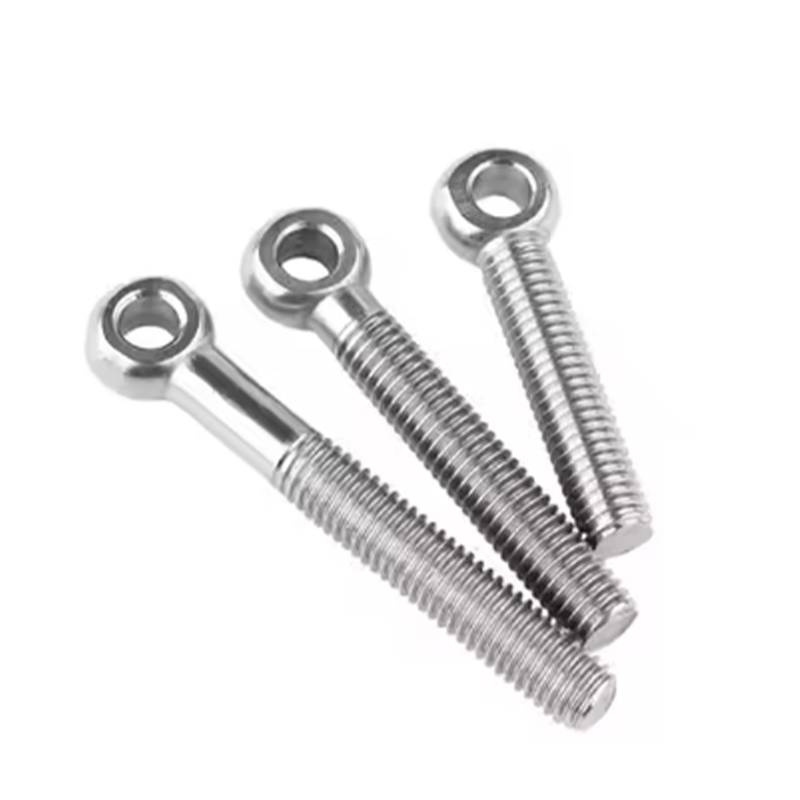
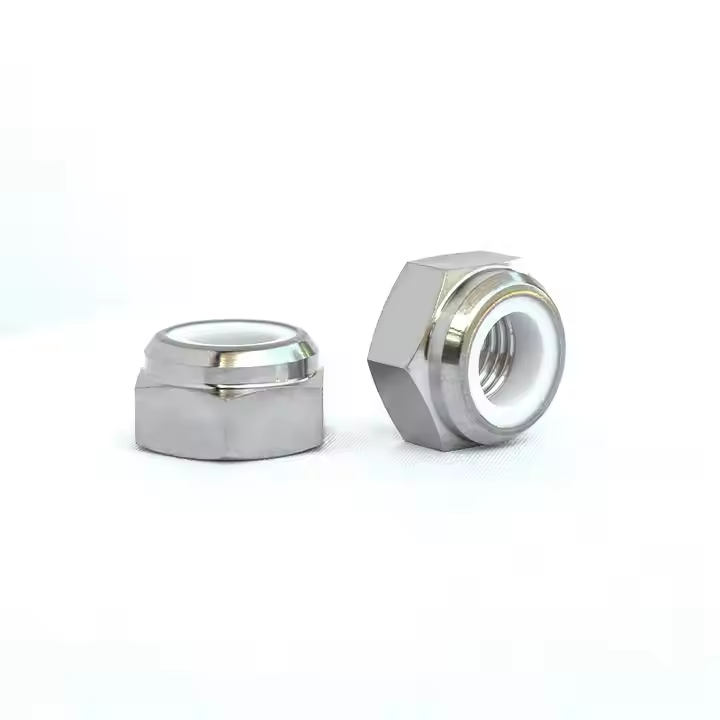
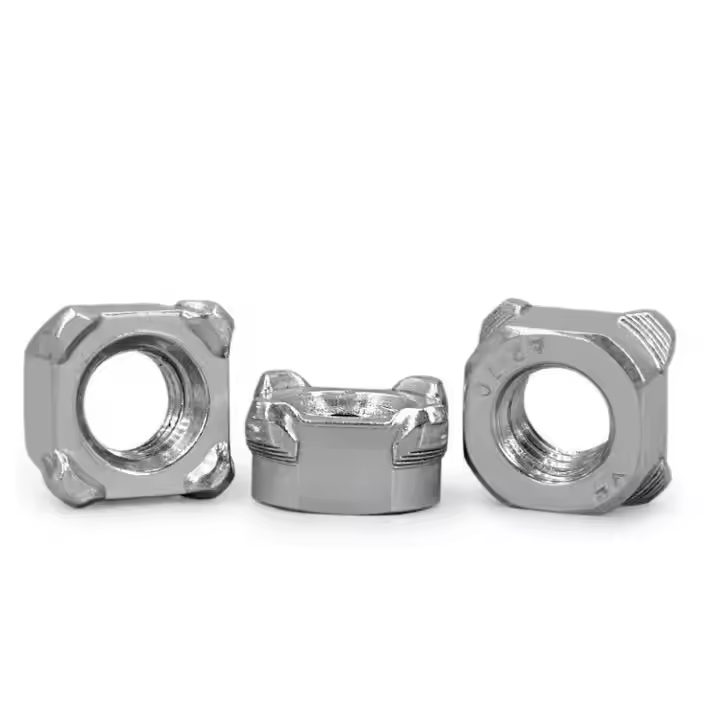
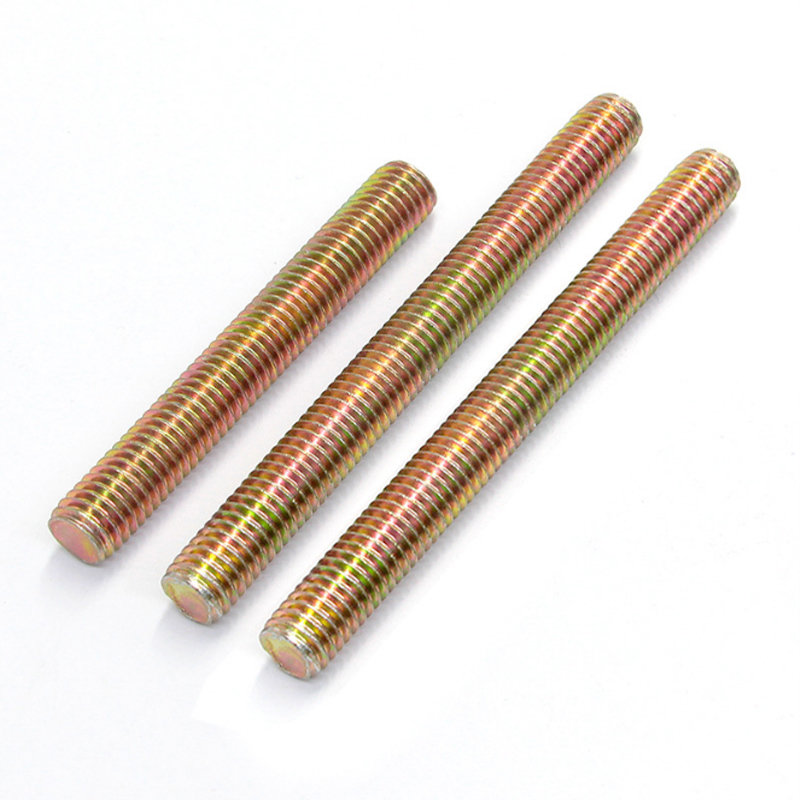
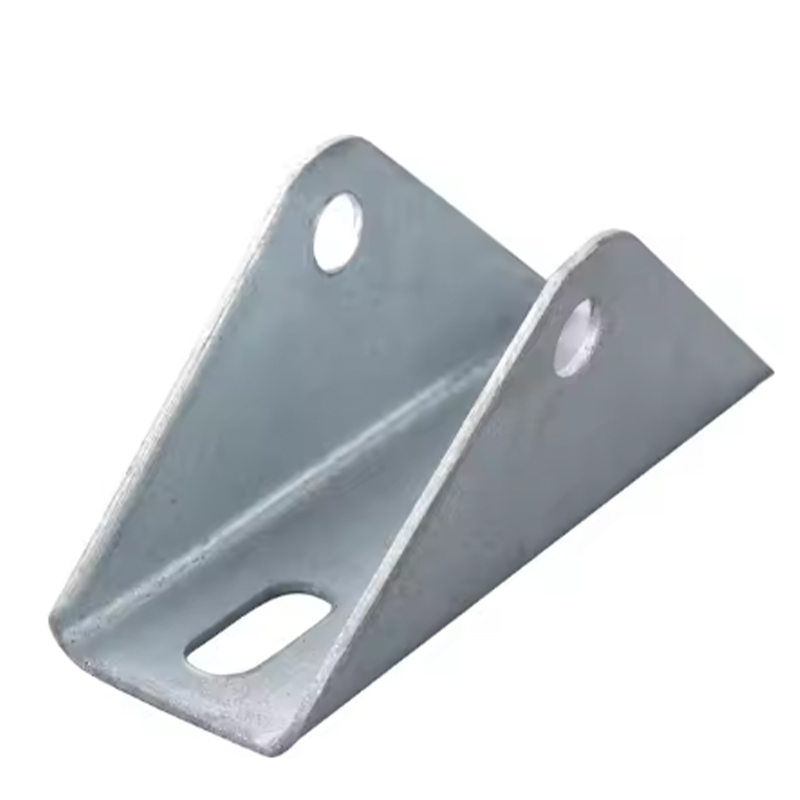

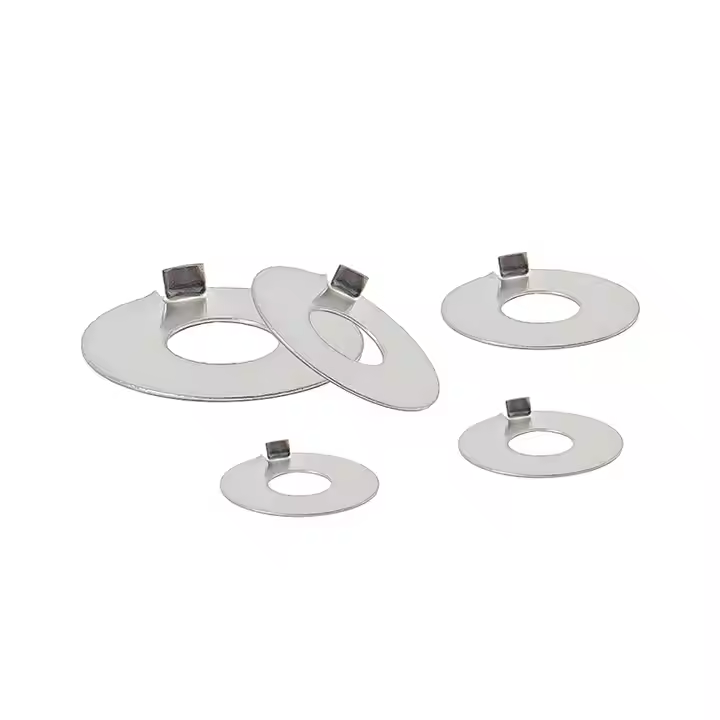

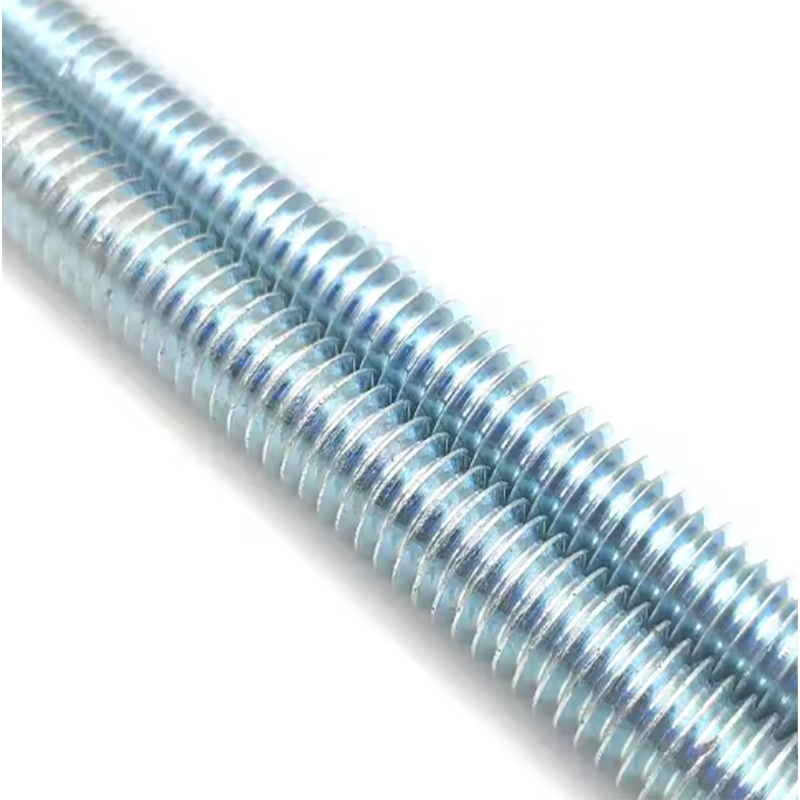
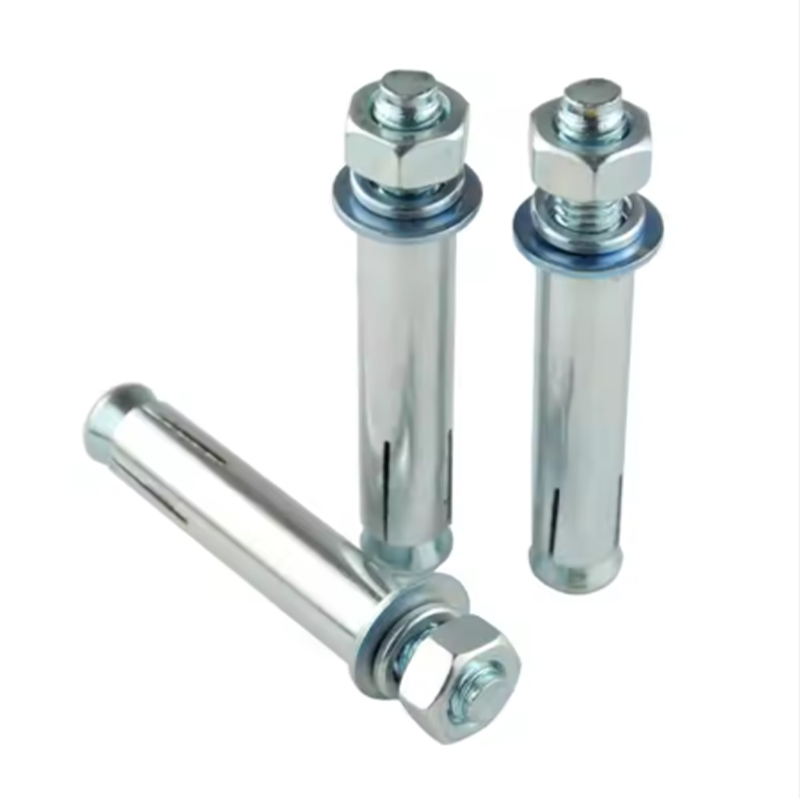
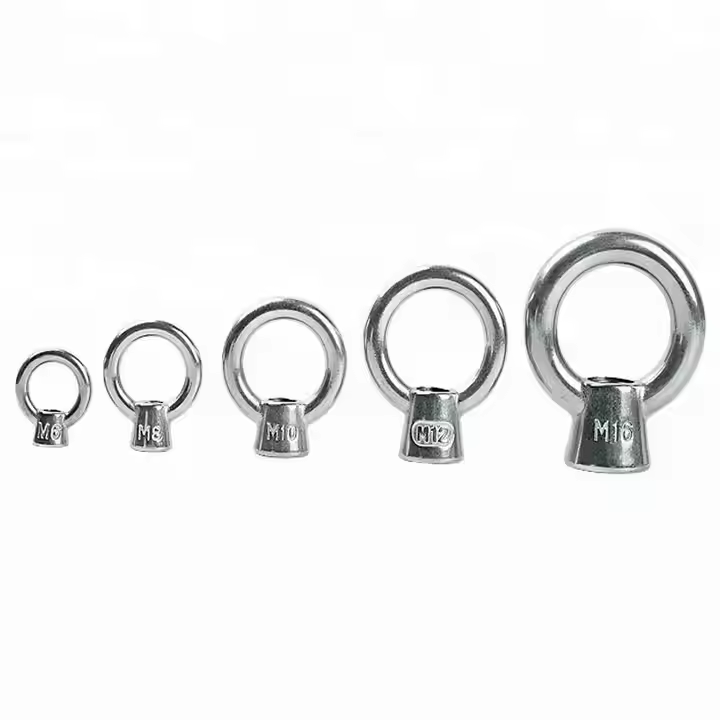

Please enter your email address and we will reply to your email.